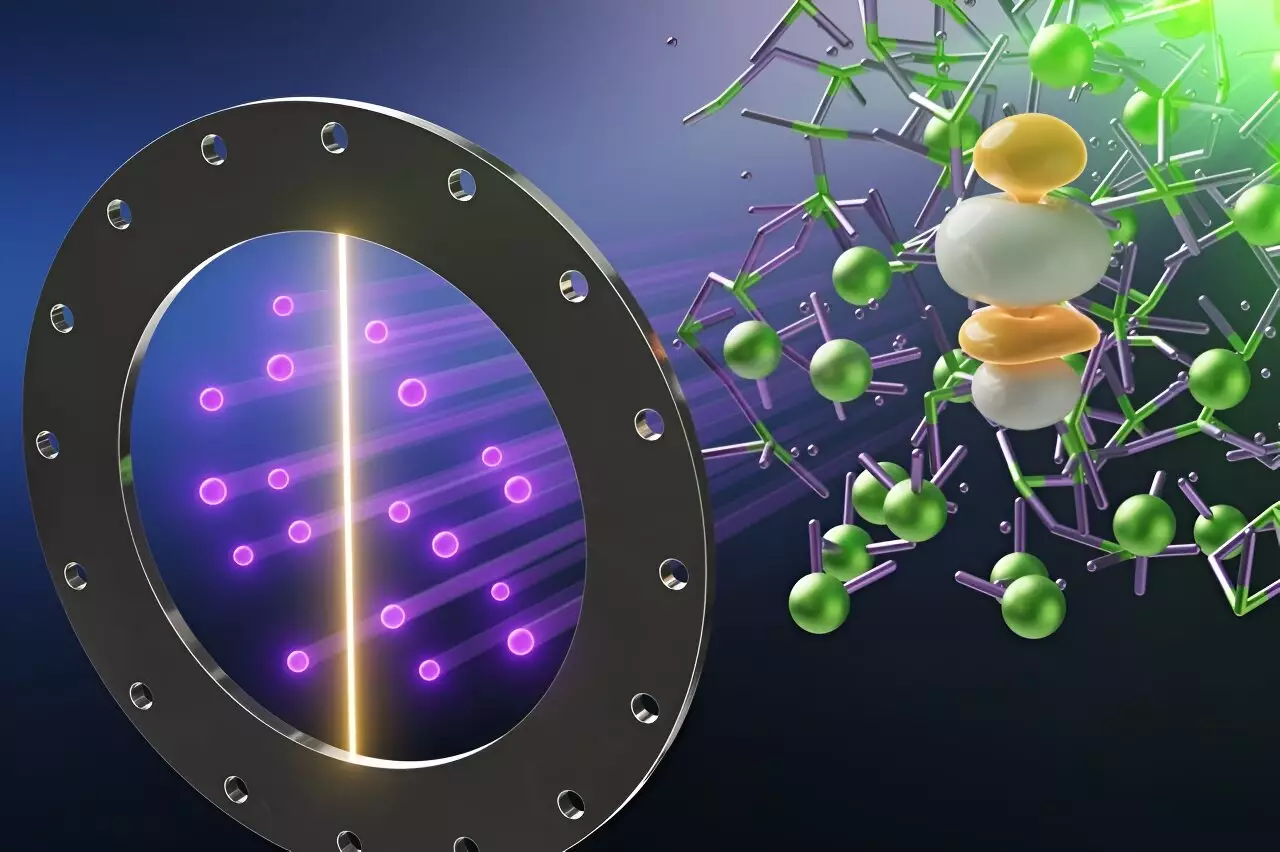Recent breakthroughs in the field of nuclear chemistry have highlighted the significance of understanding liquid uranium trichloride (UCl3) as a potential source of nuclear fuel for future reactors. A study published in the Journal of the American Chemical Society reveals intricate details of the chemical dynamics and structure of high-temperature UCl3, a known actinide compound. Researchers, including experts from Oak Ridge National Laboratory (ORNL), have suggested that these findings are pivotal for developing predictive models for the design of next-generation reactors. This article delves into the broader implications of this research, the methodologies employed, and why understanding the chemistry of actinides like uranium is more critical than ever in today’s energy landscape.
Molten salt reactors (MSRs) hold great promise for revolutionizing nuclear energy production. The concept has been around since the 1960s, but recent global prioritization of decarbonization has revived interest in this technology. MSRs have the potential to offer a safer and more cost-effective means of generating nuclear power. This shift in focus reflects a growing understanding of the urgency to transition to clean energy sources. Unlike conventional reactors that utilize solid uranium dioxide pellets, MSRs utilize liquid fuel, making it vital for scientists to comprehend the behaviors of these liquid salts in depth. This research into UCl3 behaviors under high temperatures is a cornerstone for optimizing the design of future reactors.
The study utilized an innovative amalgamation of computational techniques and experimental validation at the Spallation Neutron Source (SNS) at ORNL. The SNS, renowned for being one of the brightest neutron sources globally, enables in-depth examinations of material properties at the atomic level. By directing a beam of neutrons at the UCl3 sample, researchers observed the interactions between the neutrons and atomic nuclei, mapping the chemical bond lengths and dynamics as the substance transitioned into a molten state.
This research exemplifies the collaborative spirit driving advancements in nuclear chemistry, including partnerships among ORNL, Argonne National Laboratory, and the University of South Carolina. Each institution brought unique expertise and resources to the project, culminating in the unprecedented ability to scrutinize the atomic behaviors of a radioactive liquid at temperatures nearing those of volcanic lava.
One of the most striking revelations from this study is the unexpected contraction of bond lengths between uranium and chlorine atoms as the UCl3 transitioned into a liquid state. This contradicts longstanding chemical principles that typically assume solid materials expand upon heating. Moreover, the research unveiled a surprising oscillation pattern in bond lengths, suggesting a complex interplay of forces at the atomic level. The bonds both elongate and contract rapidly, demonstrating the unique behavior of actinides under extreme conditions.
Furthermore, the study observed a temporary shift in bonding characteristics. The bond appeared to adopt a more covalent nature at points during the transition, which is atypical for ionic compounds. This brief oscillation challenges previous assumptions and contributes to a more nuanced understanding of UCl3, emphasizing the need for refined models that can account for these rapid atomic dynamics.
The insights garnered from this study extend beyond the academic realm; they have practical implications for future nuclear reactor design. By improving our comprehension of actinide salt behaviors, researchers can enhance both experimental and computational strategies for reactor development. This knowledge is vital for addressing various challenges associated with nuclear energy, including waste management and pyroprocessing.
As nations around the globe actively seek alternative energy solutions to combat climate change, the significance of safe and efficient nuclear options cannot be overstated. Understanding the underlying chemistry of materials like UCl3 plays a critical role in making these options viable and sustainable.
The study of high-temperature liquid uranium trichloride marks a significant milestone in nuclear chemistry research, providing valuable insights into the complex behaviors of actinides under extreme conditions. As the global community increasingly turns toward clean energy sources, findings like these may help pave the way for innovative advancements in nuclear technology. Future reactor designs can benefit immensely from the enhanced predictive models rooted in a deeper understanding of the chemical dynamics unveiled by this research, allowing society to harness nuclear energy safely and sustainably for generations to come.


Leave a Reply